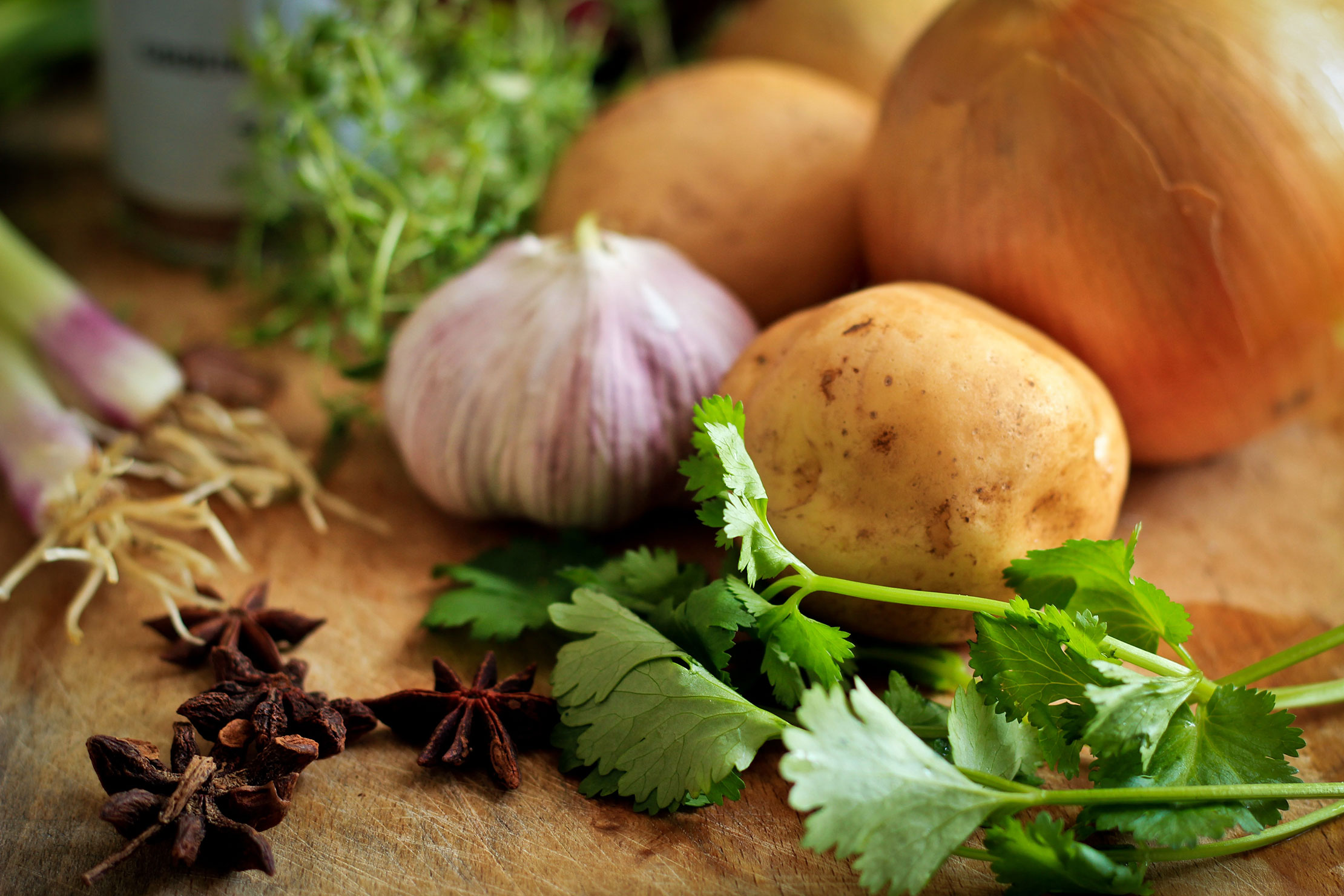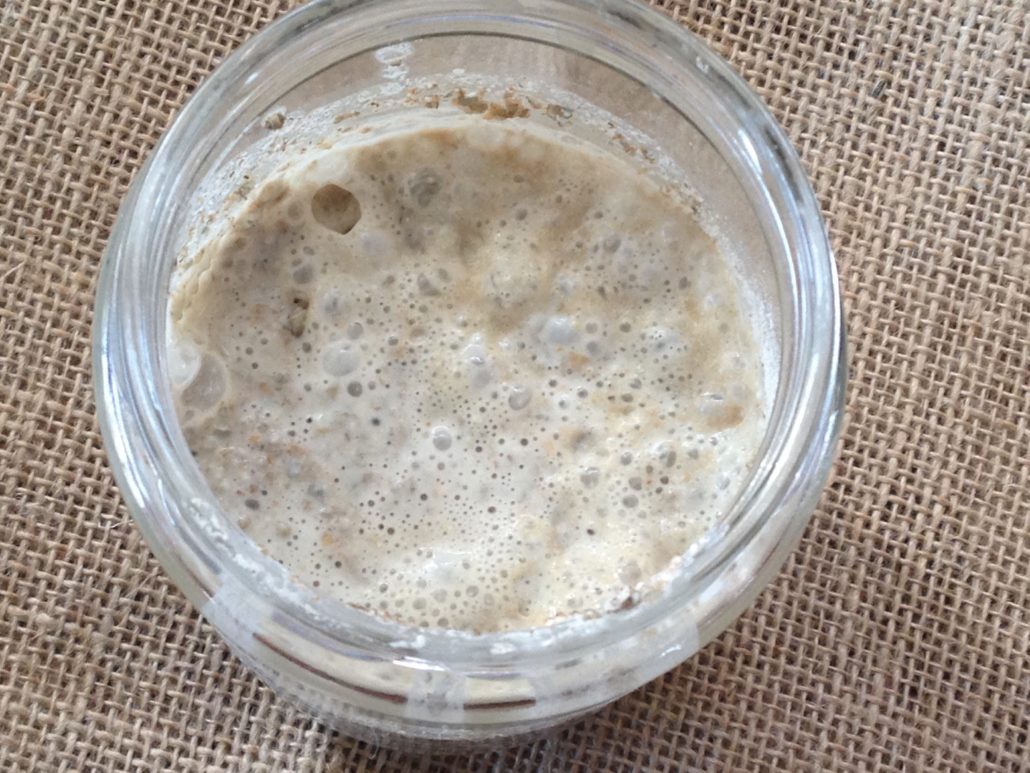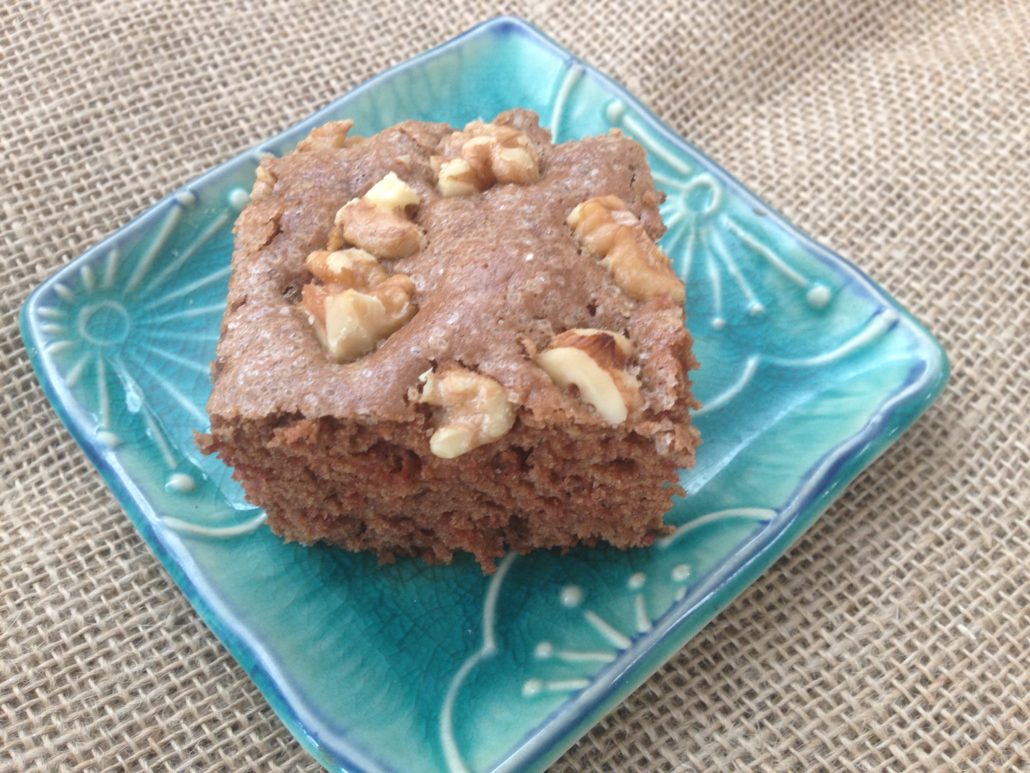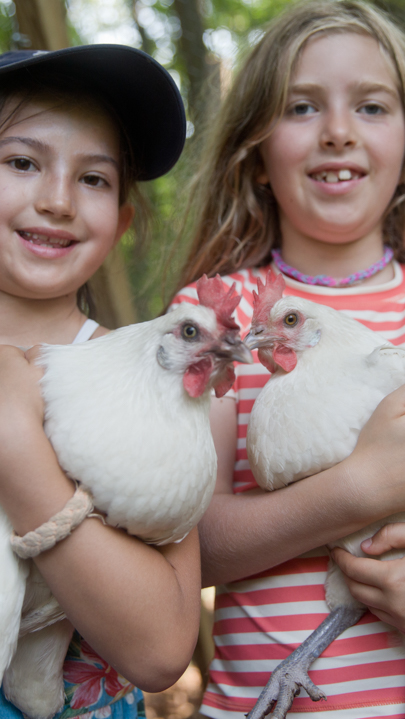The Rise and Fall of the Sourdough

Eva Szigeti gives a peek into the living world of Sourdough culture and its many culinary uses.
Before there was commercial yeast, humanity had sourdough. All yeasted breads were made with a starter culture of some kind: sourdough culture, mother starter, levain, whole wheat starter, white flour starter, spelt starter, etc. Regardless of the name, it has always been a mixture of flour and water (or other liquid), colonized by strains of wild yeast and lactobacilli.
How does a sourdough culture cause the bread to rise? Certain proteins in wheat, called glutenin and gliadin, are activated when flour is mixed with water. Together they form gluten. As wild yeast eats away the sugars in the flour, it produces carbon dioxide. Thanks to gluten (meaning glue in Latin) and its elasticity, the dough stretches, making room for the little bubbles of gas and at the same time trapping them in the dough. The acidity of lactobacilli acts as a preservative – the acidic environment works with the yeast, but it’s inhospitable to other organisms. The collaboration between yeast and gluten leads to a fluffy bread with a pleasantly chewy texture, while lactic acid adds the tangy flavor.
Although sourdough bread is usually considered superior to breads made with commercial yeast, we mostly gave up on sourdough baking for the sake of convenience (commercial yeast offering a faster, more straightforward process), and for more reliable and consistent results (less fuss, more predictable dough).
We home bakers may feel intimidated by the task of baking with sourdough culture, but as soon as we learn about the process, we will be more at ease. If we look for instructions, we will find recipes for sourdough starters made with beer, grape juice, wine, or potato water, but these are not necessary or even desirable. All it takes is some high-quality flour (ideally rye), good water, and time. Lactobacilli and wild yeast (a strain of yeast naturally occurring in flour and the environment) will make themselves at home in the mixture and do the rest of the work. Perhaps you have heard stories about sourdough starters that are generations old, but your sourdough starter doesn’t have to be old (only mature) to work well. It will be unique no matter when and how the culture was started. It will adapt to the environment of your kitchen. It will be affected by the temperature, humidity, altitude, type of flour used, and your care. As you learn to “feel” your starter, you will be able to control its acidity, slowing down or speeding up its rise.

It is also worth remembering that the use of the starter doesn’t have to be restricted to bread and rolls. Sourdough culture can be used to make pizza dough, pancakes, waffles, muffins, brownies or even a chocolate cake.
Although making your own sourdough starter is not complicated, it does require some time and attention. Before I started baking with sourdough, I had done some research on the subject. Along the way, I was confronted with vocabulary that seemed slightly unusual in the context of culinary activities. I encountered words about the rising and falling sourdough (and that it is ok for it to fall.) I learned that a sourdough culture could get exhausted (after consuming all available sugars) and need feeding (more flour). Some sentences suggested even more drama: If neglected, the culture may dry out. It can be saved by resuscitation (meaning by adding more flour, water and a good stir). Luckily, a revived sourdough will bounce back. Then, if fed properly, it will mature and increase in strength and flavor. Everyday feeding is required in the beginning. Once a week feeding is sufficient for a more mature culture.
Had I not known that the sourdough starter is actually a living thing, the vocabulary of fellow bakers/writers would have no doubt given me a clue. It is clear that sourdough culture requires care. We parents certainly have an advantage here. The job is to nourish the starter, to feed it, keep it warm, and to intervene at the right moment. It is important to keep things in balance (right ratio of flour and liquid is important, and timing of the feeding matters). We also need to be able to let go, because part of our nourished sourdough culture will need to be occasionally discarded or given away in order to keep the starter healthy.
Since we are already experienced in all of this, now might be a good a time as any to mix up some flour with water and wait for it to come to life. It could be a beginning of a story told years, perhaps decades from now, by our kids: a tale of a sourdough culture handed down by a mother or father weirdly obsessed with baking the old-fashioned way.
(Sourdough) Chocolate-Walnut Squares
The word sourdough is in parenthesis because there will be nothing “sourdoughish” about the taste of your dessert. The acids will be consumed in reaction with the baking soda. The texture and taste will say “cake” not “bread”. You can use or omit the word sourdough in the name, based on your audience. Use it, if you think the potential consumers will appreciate the unusual ingredient. Don’t call it sourdough if you are baking for not-very-adventurous eaters–they will never know…

You will need a mature sourdough starter for this project. Recipes are available online.
For the sourdough:
¼ cup sourdough starter
¾ cups all-purpose flour
Water
The sourdough should be of a consistency of pancake batter
Mix the sourdough culture with flour and water the night before baking. Cover it loosely and keep at room temperature overnight.
For the Chocolate-Walnut Squares
¾ cups sugar, plus 1 tablespoon for sprinkling
2 eggs
1/3 canola, safflower or coconut oil
1 teaspoon vanilla extract
5 ounces semi-sweet chocolate, melted and cooled
1 ½ cups all-purpose flour
½ teaspoon baking soda
¼ teaspoon salt
1 cup sourdough from the previous night
½ cup chopped walnuts
Preheat the oven to 350-degrees. Combine sugar, eggs, oil, vanilla, and melted chocolate. Sift dry ingredients together and add to the wet mixture. Gently stir in the sourdough. Put into a greased and floured 8” x 6” baking pan. Sprinkle with walnuts and sugar. Bake for 30-35 minutes. Cool and cut into squares.




